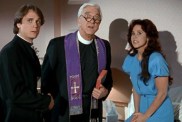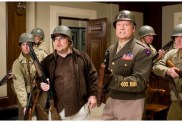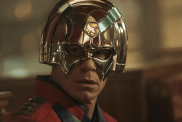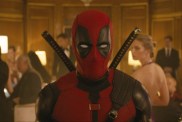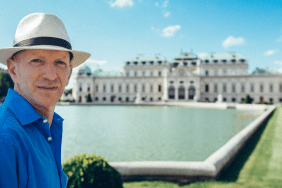Directed and Narrated by Werner Herzog
Review:
In 1994, three French explorers delved into the reaches of what became known as the Chauvet Cave in Southern France and found one of the great archeological treasurers: a group of the oldest, best preserved pre-historic cave paintings ever found. Access to the cave has been all but closed by the French government for preservation and safety reasons, but in 2010 they allowed director Werner Herzog (“Grizzly Man”) to make a documentary about the cave, its discovery and what it means for us.
For the three or four of you remaining who might be interested in a documentary about cave paintings, you can’t miss this. No one should, because the historical value alone makes it important, but more than that, the importance it shows cinema can have on society makes it worth watching.
For film enthusiasts, we take it as read that movies are important. That like any other art form they bring a new way for us to talk about the world to the masses, and in the case of cinema to a lot of the masses. For your average filmgoer they’re somewhat less important but inescapably part of our lives as the prime focus of entertainment in the modern era. Every tool of the craft has been created to serve one of those two masters because that’s where the money and the interest is, but it doesn’t offer a lot of thought for what else those tools can be used for.
Herzog has, and he’s created the best presentation yet for what else film has to offer the world besides just light entertainment. Using specially built 3-D cameras and wide-angle lenses to mimic the human field of view as much as possible, Herzog and cinematographer Peter Zeitlinger have documented a natural wonder of the world that most of us will never see in person but thanks to “Cave of Forgotten Dreams” now have the opportunity to experience in a manner that’s almost as good.
Usually prints and reproductions never have the same impact as actual works of art and to extent “Cave of Forgotten Dreams” can’t either because we’re still not actually there. We can’t experience the smells or sounds or feel of the place, but the use of 3-D in the film gets us as close as we’re going to get, and adds more to the experience than any reproduction ever has.
And make no mistake, the Chauvet Cave is a work of art; an early focus of human religious practices as much as 30,000 years old it is filled with some of the best examples of human desire to create art. As different as the world was back then, coming out from under another Ice Age and with little sustained agriculture, certain human instincts were already in place. Instincts recognizable in the paints of horses and fighting animals using different tools and mixed media in a way we still would today.
Herzog and his filmmaking team, along with the archeologists studying the cave, use the full range of tools at hand to show the cave to us in a way even experiencing it first-hand wouldn’t match. Beyond the striking 3-D cinematography, they have also mapped the cave walls out and stretched them to show how they would look as a canvas. As dry as it sounds, it is an enthralling experience to take in, though not a perfect one.
Some of Herzog’s extended philosophical musings and in-depth description of the problems involved with filming in the cave are far more hit and miss and you could be excused for wanting to just fast forward through them if you could. But you’d be doing yourself a disservice.
Critics and fans alike say this sort of thing all the time, but “Cave of Forgotten Dreams” really does need to be seen in a theater, in 3-D. Herzog and his crew done something new with modern film technology here; they’ve showcased it as a way to preserve and experience our world for the future.
Cave of Forgotten Dreams is now playing in select cities.


